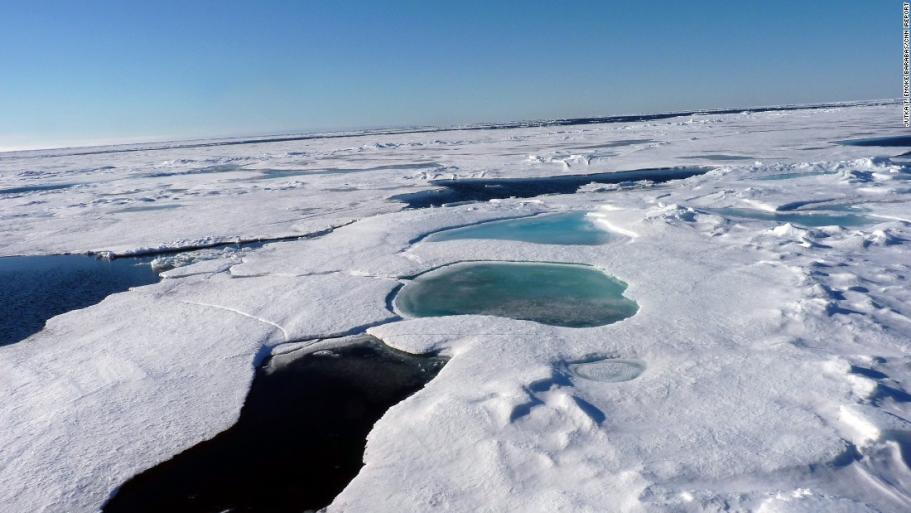Unveiling the Enigmatic Beauty: How Can I Learn More About the Northern Lights?
The Northern Lights, also known as Aurora Borealis, are a captivating natural light display that has mesmerized people for centuries. This celestial spectacle, primarily visible in high-latitude regions, is a result of the interaction between charged particles from the solar wind and atoms in the Earth's atmosphere. Whether you're a seasoned aurora enthusiast or simply curious about this natural phenomenon, there are numerous ways to deepen your understanding and appreciation of the Northern Lights.

Methods For Learning About The Northern Lights
Observing The Aurora
- Research the best viewing locations: High-latitude regions like Alaska, Canada, Scandinavia, and Iceland offer prime viewing opportunities. Look for dark and clear skies with minimal light pollution.
- Plan your trip during the aurora season: The aurora is typically visible from September to April, with peak viewing periods varying depending on the location.
- Check the aurora forecast: Websites and apps provide real-time updates on aurora activity. Consider signing up for aurora alerts to stay informed about upcoming displays.
Understanding The Science Behind The Aurora
- Learn about solar wind and its interaction with the Earth's magnetic field: Charged particles emitted from the Sun interact with the Earth's magnetic field lines, guiding them toward the poles.
- Explore the role of the Earth's atmosphere: Collisions between charged particles and atmospheric gases (oxygen, nitrogen) cause the excitation and emission of light, resulting in the aurora.
- Investigate the impact of geomagnetic storms: Solar activity can cause disturbances in the Earth's magnetic field, increasing the likelihood of intense auroral displays.
Exploring Cultural And Historical Significance
- Discover the myths and legends associated with the aurora: Different cultures have unique stories and beliefs about the aurora. Explore the connections between the aurora and cultural traditions.
- Learn about the role of the aurora in art and literature: Artists and writers have been inspired by the beauty of the aurora. Examine how the aurora has been depicted in various forms of art.
Engaging In Educational Programs And Workshops
- Attend aurora-themed lectures and presentations: Museums, planetariums, and universities often host educational events. Learn from experts in the field of aurora research.
- Participate in aurora-watching workshops: Hands-on experiences to learn about aurora photography, forecasting, and more. Gain practical skills for observing and documenting the aurora.
Utilizing Online Resources
- Explore websites dedicated to the aurora: Websites like NASA, Space Weather Prediction Center, and Aurora Borealis Observatory provide comprehensive information about the aurora.
- Join online forums and communities: Engage with fellow aurora enthusiasts, share experiences, tips, and photographs.
The Northern Lights are a breathtaking natural phenomenon that captivates the imagination and inspires awe. By observing the aurora, understanding the science behind it, exploring its cultural significance, and engaging in educational opportunities, you can deepen your appreciation for this celestial wonder. Whether you witness the aurora firsthand or learn about it through various resources, the Northern Lights continue to be a source of fascination and wonder for people worldwide.
YesNo

Leave a Reply